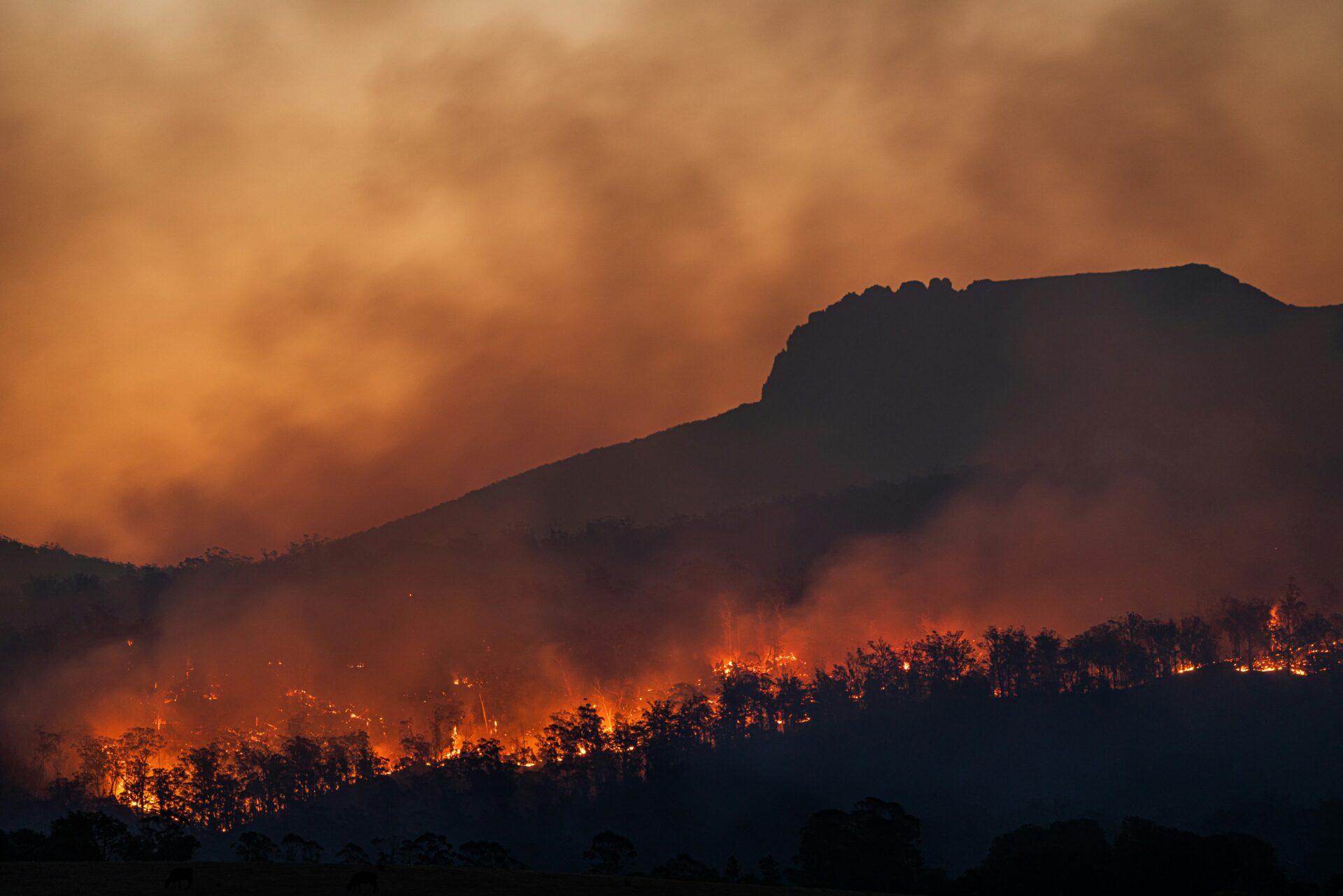Chaparral shrublands in southern California, US, exhibit significant biodiversity but are prone to large,intense wildfires. Debate exists regarding fuel reduction to prevent such fires in wildland areas, but the effects of these fires on fauna are not well understood. We studied whether fire severity and distance from unburned fire perimeter influenced recovery of the small-mammal community from 13 to 39 months after the large (1134.2 km2) Cedar fire in San Diego County. In general, neither factor influenced small-mammal recovery. However, vegetation characteristics, distance to riparian habitat and the prevalence of rocky substrate affected recovery in species-specific patterns. This indicates the effects of fire severity and immigration from outside the fire perimeter, if they occur, do so within 1 year, whereas longerterm recovery is largely driven by previously known relationships between small mammals and habitat structure. Our results, when combined with results from other studies in southern California, suggest where human lives or infrastructure are not at risk, efforts to preserve chaparral biodiversity should focus on maintaining the native plant community. Doing so may require novel management strategies in the face of an increasing human population, ignition sources and the spread of invasive exotic plants.
The role of fire severity, distance from fire perimeter and vegetation on post-fire recovery of small-mammal communities in chaparral


